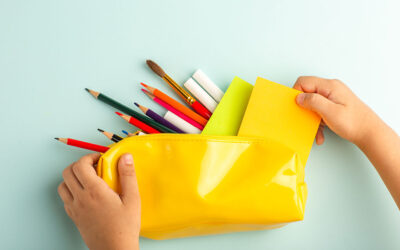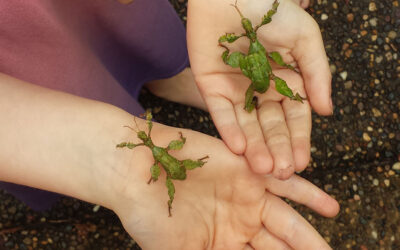Enhancing bonding, strengthening the immune system and calming a colicky baby, baby massage is known to have many benefits. But how do you know if it is right for you and your baby, and how do you get started?
The many benefits of baby massage
Baby massage has a myriad of benefits, explains Julie Taylor from First Touch Baby Massage. “Massage firstly enhances bonding and attachment between parent and child. Not every mother feels that instant attachment when they have a child and massage is a great way to enhance that bond.”
Julie continues, “As well, baby massage strengthens the immune system, increasing the number of killer cells in the immune system and helping the draining system by stimulating a baby’s lymphatic and blood system. Massage also releases endorphins that can assist in relieving the discomfort associated with teething.”
And the most popular benefit amongst most sleep-deprived parents is that baby massage can help increase longer periods of deep sleep. “It can reduce crying, and we have a certain sequence for wind, colic and constipation which can help with settling the digestive system.”
Key benefits of baby massage
- Reduces crying time
- Prevents and relieves colic, wind and constipation
- Can increase period of deep sleep
- Assists with reflux
- Helps to overcome post-natal depression
- Enhances the bonding process
- Builds healthy immune systems
- Reduces stress levels in both babies and parents
- Can assist with pain relief
- Increase blood and lymphatic circulation
- Boost a parent’s confidence in handling the baby
When to massage
Baby massage can be done on any child aged 6 weeks and over.
Choose a time when baby is awake and alert but not hungry or too full. Julie advises, “Do it when the baby is ready for a massage, not when its convenient for the parent.”
Though before or after bath-time seems a natural time for massage to many parents, Julie recommends seperating the massage from another activity with a nap. “We don’t recommend doing it after the bath as it is a lot of things happening for them: they are undressed, then put in water then take them out and massage… it’s too much stimulation.”
Julie also recommends not doing a massage before the bath as the baby will be covered in oil and it is very possible to slip and drop the baby when wet. “Also, the oil that we use is very nutritious and you want to give it time to soak in, rather than wash it straight off.”
Getting started with baby massage
You will need: oil, towel, clean nappy
Make sure you switch off your phone and focus all your attention on your baby. And ensure sure your fingernails are short and you’ve removed all jewellery.
Julie says it’s important to start with a permission sequence, where you establish that the baby is happy to have a massage. “The permission sequence is an important part of the massage. The baby’s cues will indicate they are ready, such as pulling hands towards the parent, maintaining eye contact or giggling. If they aren’t ready they’ll avoid eye contact, grimace or cry.”
If they are happy to proceed, start with the legs and gentle long strokes from ankle to hip.
Then massage the soles of the baby’s feet, using slow strokes from heel to toe.
If baby is happy, you can move onto the arms, with gentle strokes from shoulders down towards the wrist, and slow strokes from shoulders inwards towards the chest.
If baby’s tummy is soft, you can gently massage her tummy with clockwise circular strokes, but stop if she seems uncomfortable. (Don’t massage the tummy if the baby’s cord hasn’t yet healed.)
Start with just a few minutes and work up to longer sessions, and always watch your baby for cues. If she starts to lose interest or squirm then it’s time to end the session. “Any form of massage is beneficial, even if it’s only a few minutes, or one limb, it’s still stimulating the baby’s body and brain to work better,” says Julie.
What oils to use
Always use an edible oil and try not to get the oil on baby’s hands, but if you do gently wipe the hands and fingers clean. Julie explains, “Never massage a baby in essential oil, they are very potent and powerful. Also, we want the baby to get the scent of the parent, which increases bonding and attachment, so in my baby massage sessions we always use unscented oils.”
If you would like to know more about baby massage, First Touch Baby Massage offers 4-week massage courses that provide both practical and theoretical knowledge for parents on baby massage. They also provide in-home sessions. You can find out more at or on Facebook.
FURTHER READING:
Talking with your baby is more important than you think!
How to help baby sleep through the night


